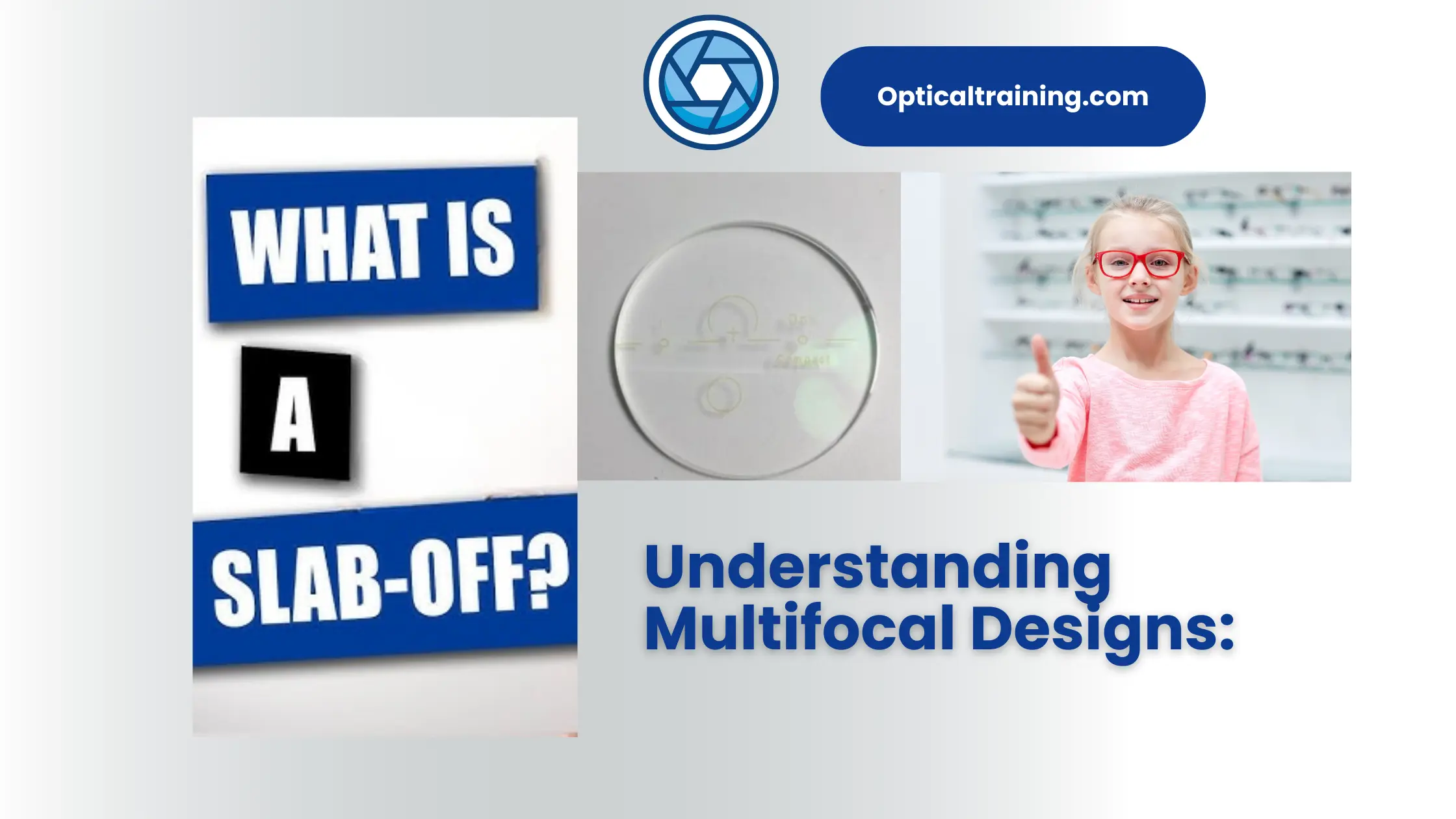Resources


Advanced Techniques for Managing Aphakia
Understanding Aphakia Aphakia, characterized by the absence of the eye’s natural crystalline lens, presents unique challenges in ophthalmic care. This condition can arise from congenital anomalies, trauma, or surgical intervention. Addressing aphakia requires a tailored approach to ensure optimal visual rehabilitation. This comprehensive guide combines the latest advancements in aphakia management, exploring conservative and surgical … <a href="https://opticaltraining.com/blog/advanced-techniques-for-managing-aphakia/">Continued</a>

Understanding Multifocal Designs: The Role of Slab-off Lenses
In the field of vision correction, multifocal lenses are essential for managing diverse visual impairments, especially in cases of anisometropia, where there is a significant refractive difference between the two eyes. What is Anisometropia? Anisometropia refers to a condition where the refractive error between the two eyes is significantly different. This disparity can arise from … <a href="https://opticaltraining.com/blog/understanding-multifocal-designs-the-role-of-slab-off-lenses/">Continued</a>

Anatomy and Refractive States of the Eye: Optical Infinity Deep Dive
Understanding Optical Infinity Optical infinity is a term that often surfaces in discussions about vision and eye health. It refers to the distance at which rays of light entering the eye are parallel, typically considered to be beyond six meters (approximately 20 feet). At this range, the eye’s accommodation—the ability to adjust focus for near … <a href="https://opticaltraining.com/blog/anatomy-refractive-states-of-the-eye-optical-infinity-deep-dive/">Continued</a>

The Ultimate Guide to Ophthalmic Frame Styles: Choosing the Perfect Frame
Choosing the Perfect Frame Ophthalmic frames may be divided into two larger categories of materials: plastic and metal. As indicated in the illustration below, the basic frame styles used include the full frame, combination frame, half eye, and semi-rimless, full rimless. The lenses of a semi-rimless frame may be mounted in several different ways. These … <a href="https://opticaltraining.com/blog/the-ultimate-guide-to-ophthalmic-frame-styles-choosing-the-perfect-frame/">Continued</a>

Understanding Vertex Distance: A Comprehensive Guide
Vertex Distance Explained Vertex distance is a crucial concept in the field of optometry and ophthalmology, playing a significant role in the effectiveness of prescription lenses. This article delves into the intricacies of vertex distance, its implications for lens power, and the importance of accurate measurements. We will explore how varying vertex distances can affect … <a href="https://opticaltraining.com/blog/understanding-vertex-distance-a-comprehensive-guide/">Continued</a>

Soft Lens Fitting and Evaluation: Comprehensive Guide
General Characteristics of Soft Contact Lenses Soft contact lenses are semi-scleral or corneoscleral lenses that cover both the cornea and sclera. Due to the hydrated plastic material they are made from, they are gas permeable, allowing the cornea to breathe primarily through the lens matrix and, to a lesser degree, via the tear pump action … <a href="https://opticaltraining.com/blog/soft-lens-fitting-and-evaluation-comprehensive-guide/">Continued</a>



